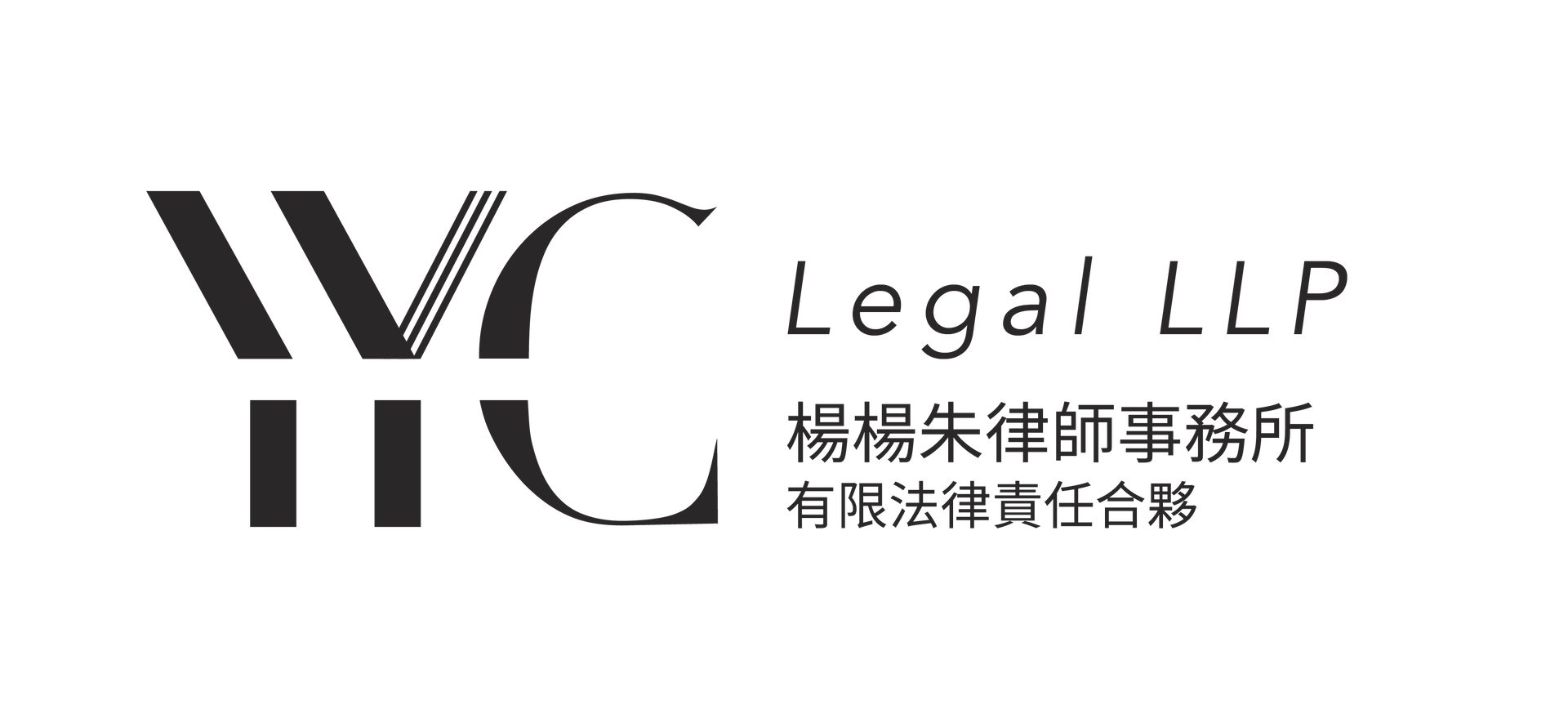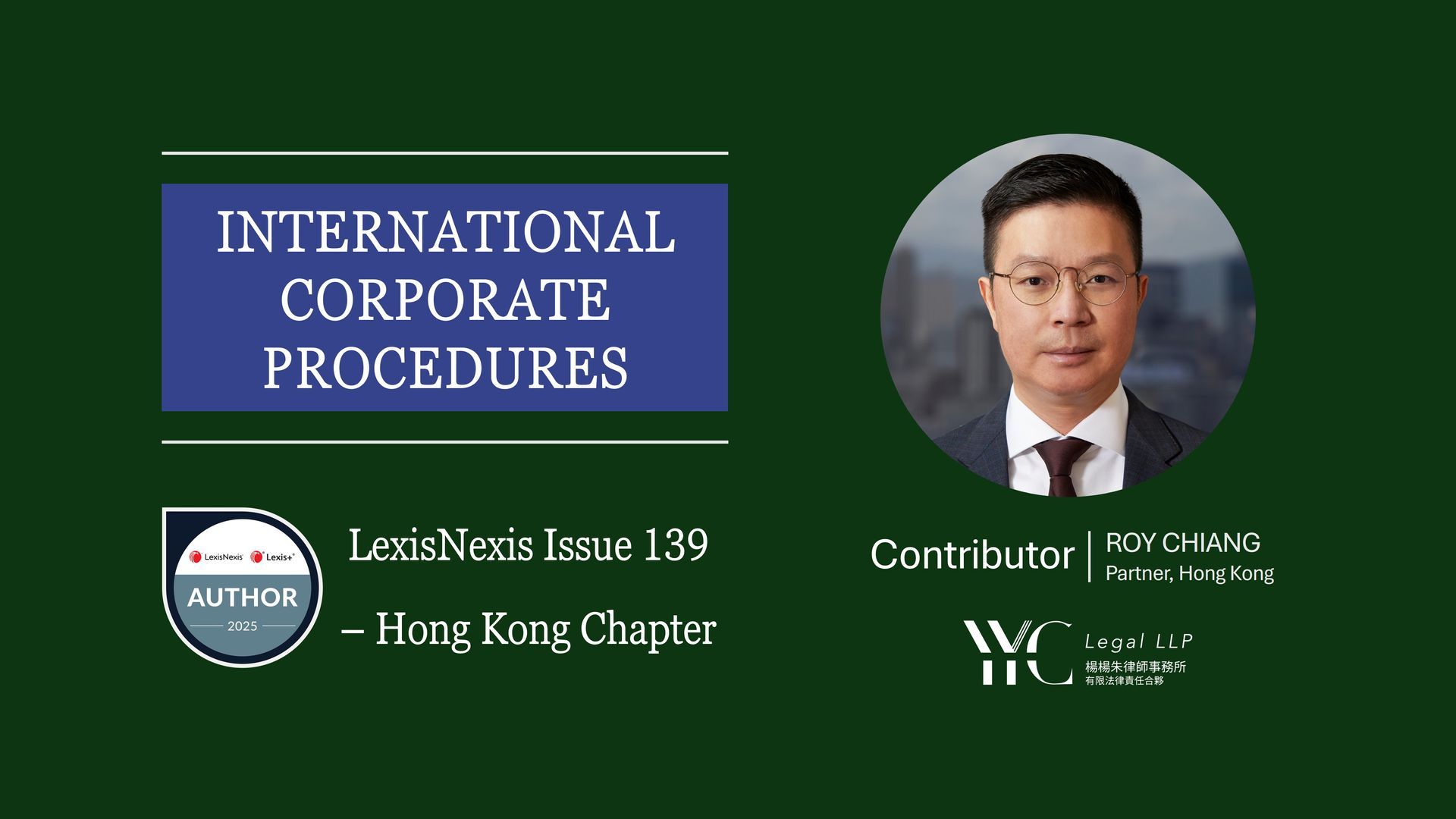Disclosure rules
The following aspects are highlighted as having the lowest compliance rates and the HKEX urges issuers to pay closer attention on their disclosures in future annual reports.
Share schemes:
- Number of granted options divided by weighted average number of issued shares.
- Number of options available for grant under scheme mandate and service provider sublimit (if applicable) at the beginning and end of the year.
- Shares available for issue under share option scheme (number and percentage), including shares issuable under the options already granted under the scheme but not yet exercised.
- Summary of material matters of share option schemes reviewed and/or approved by the issuer’s remuneration committee during the year.
- Number of awards available for grant under scheme mandate and service provider sublimit (if applicable) at the beginning and end of the year.
Significant investments:
- Size of significant investment relative to issuer’s total assets.
- Discussion of issuer’s investment strategy for significant investments.
- Number and percentage of shares held in each significant investment.
- Investment in funds or wealth management products, as “significant investments” are not confined to securities in companies.
Performance guarantees:
- Whether performance guarantee was met.
Use of proceeds from fundraisings:
- Breakdown and description of intended use and expected timeline for unutilised proceeds: if a definitive timetable for fund deployment is not available, the issuer should indicate an approximate timeline for fund usage and provide updates via announcements and/or subsequent financial reports.
Management discussion & analysis
While issuers generally complied with the rules on Management discussion & analysis (MD&A) disclosures, the HKEX suggests improvement in the quality of disclosure, particularly in the discussion of year-on-year performance variances, significant events and risks. Examples of shortcomings include:
- Failing to discuss specific underlying causes or business factors that drove results: some issuers provided only generic and boilerplate statements or merely recited figures from financial statements without meaningful elaborations.
- Highlighting business plans without mentioning the estimated capital expenditure requirement and how the issuer intended to meet such requirement.
- Reporting substantial borrowings in foreign currencies but only briefly mentioning foreign exchange and interest rate risks without revealing how such risks will likely affect the issuer, and how the issuer intended to mitigate them.
- Disclosing a major change in business model but failing to provide reasons for such change, or its impact on financial results, and position in the current year and going forward.
The HKEX suggests issuers should strive to have their MD&A on par with the disclosure standard of a listing document. The guide also provides recommendations including the following:
- External factors: the issuer should explain how material changes in external factors (e.g. economic/industry downturn, increased competition, trade restrictions arising from geopolitical tensions) have impacted its financial performance and its strategy to tackle such changes.
- Internal factors: the issuer should discuss internal factors driving or contributing to its financial results (e.g. new products/services, significant acquisitions or disposals, significant changes on operating strategies, business model or relationship with key stakeholders), the reasons underlying these changes and their impacts on its results.
- Material line items reported on financial statements: the issuer should explain the nature of such items and reasons for changes, e.g. providing additional information about or a breakdown of “other expenses” if they are material.
- Principal risks and uncertainties: the issuer should disclose how those risks and uncertainties have affected, and are likely to affect, their operation, financial position and business plans, and how they can be mitigated.
- Liquidity and financial resources: the issuer should discuss its assessment of its liquidity position and working capital sufficiency with reference to its various needs and commitments. For example, when it contemplates a material investment, it should disclose how to meet the relevant capital expenditure while maintaining daily operations and repaying debts. Tentative fundraising activities and refinancing plans (if maturity of material borrowings/debt instruments is approaching) in the coming year are also to be included.
The HKEX reminds each newly listed issuer to provide updates on significant matters set out in its prospectus to enable evaluation on the post-listing developments and comparison with its track record, and its business plan and prospects outlined in the prospectus.
Material lending transactions
Non-money lender issuers are recommended to explain the rationale for lending in their annual reports. Certain isolated cases exhibiting characteristics of director misconduct and/or internal control breakdown are under the HKEX’s investigation. These cases involved material impairment shortly after grant of loans, repeated rollovers for prolonged period without apparent commercial rationale, and failure to take adequate actions to safeguard issuers’ interest in the loans.
Auditors’ modified opinions
The review reported that 95% of the issuers published financial statements with an unmodified audit opinion. Among the 139 issuers with modified audit opinions, about two-thirds of the audit modifications relate to going concern uncertainty arising from deterioration in economic condition, the issuer’s own business and/or ability in obtaining financing. Valuation of assets (including recoverability of loans/receivables) is another common source of audit modification.
The HKEX recommends that issuers put in place adequate internal control systems to identify risks emerging from material changes in external environment and internal factors (e.g. material transactions and major overhaul of business model). Further, issuers should develop risk-mitigating controls, continually review their effectiveness, and regularly report findings to the board of directors.


















